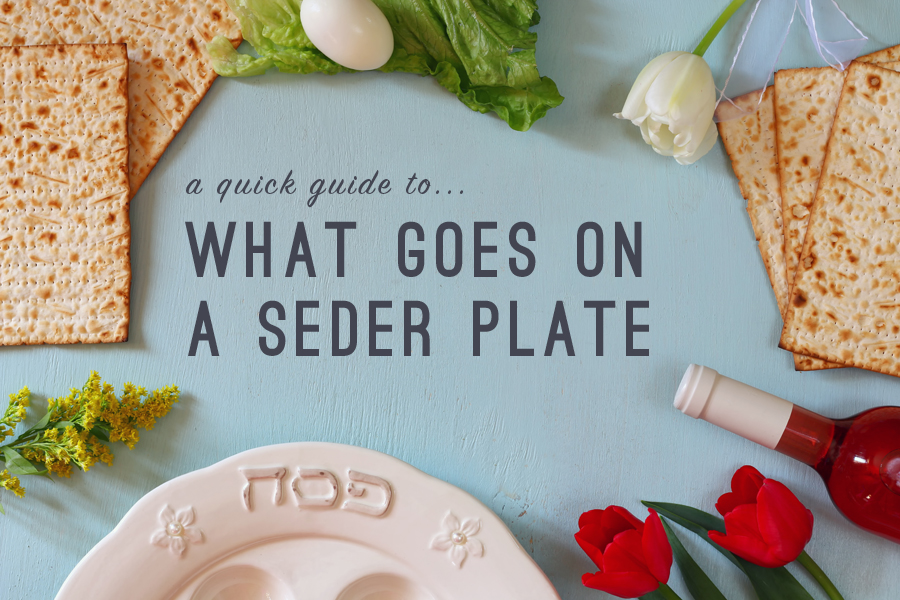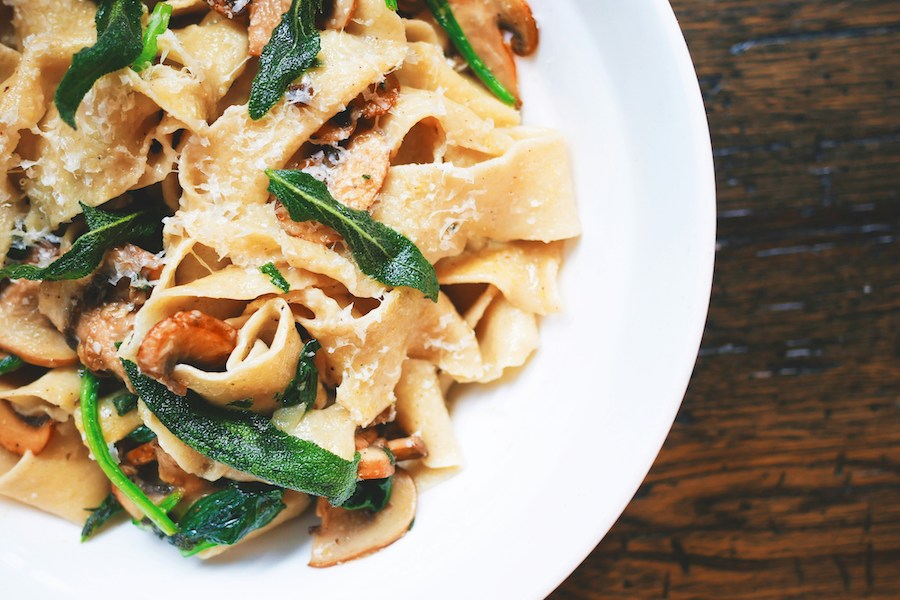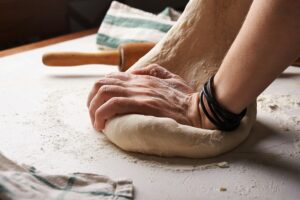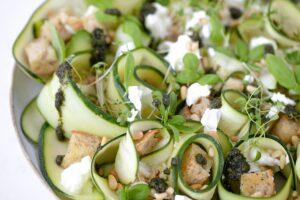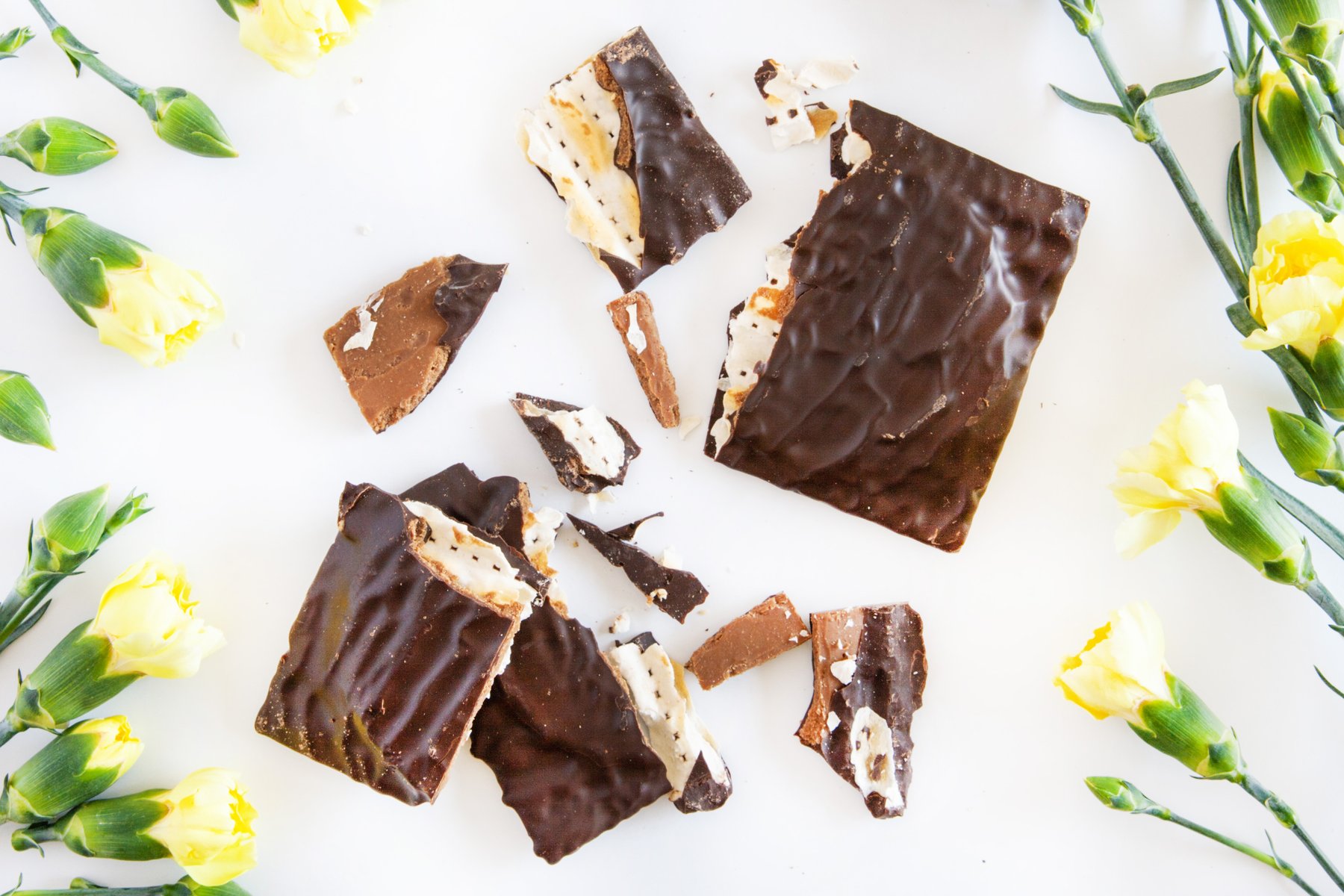Passover Seders, the traditional ceremonial Passover meal, are among my favorite holiday gatherings. There’s something beautiful about every family finding their own way to re-tell and discuss a story that’s so important to the Jewish people. And then there’s the Seder ritual and Passover foods, all of which revolve around the Seder plate.
On every Seder plate, you place six symbolic foods that remain on the plate in the middle of the table — and also often hint at the foods that will be served at the meal. If you’re hosting your first Seder, you want a simple way to talk it through with the kids, you need a refresher, or are just curious, here’s how to put together your very own Seder plate for Passover.
And of course — you’ll need a plate! Check the indie shop Modern Tribe for a wonderful collection of traditional and modern Seder Plates.
Related: 5 of our favorite Passover desserts to enjoy any day of the year.
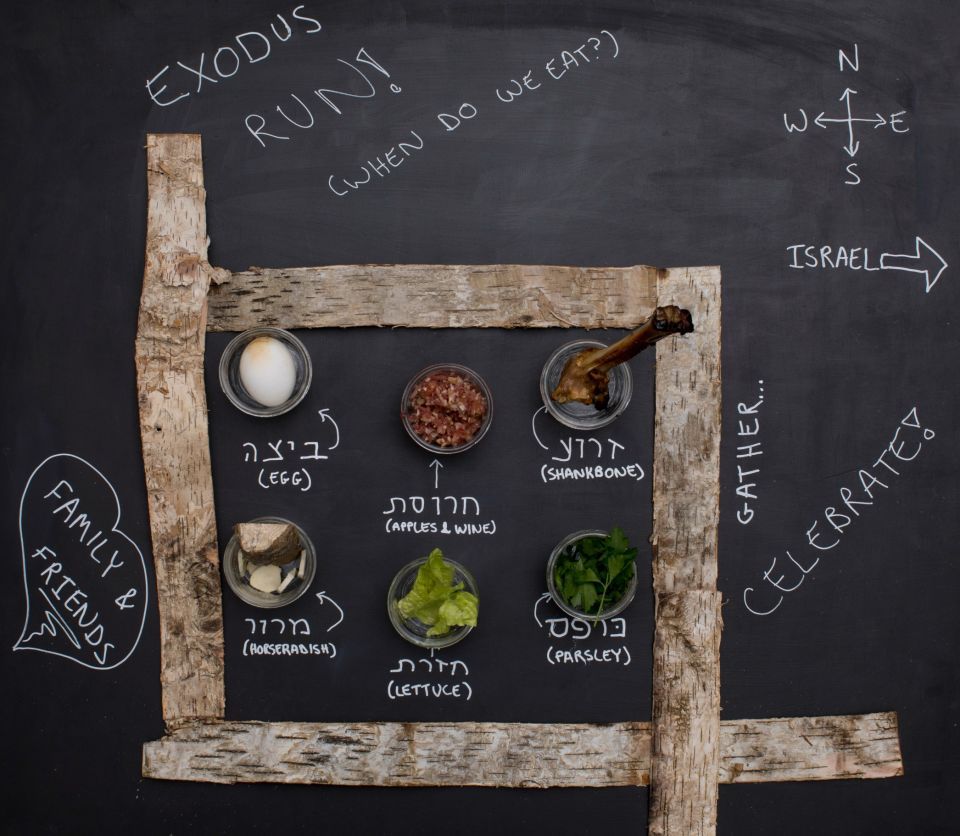
There is a wonderful overview of what goes on a Seder plate from Jamie Geller at Joy of Kosher. Of course!. I’d say her site is a great place to dig in further, and also to score some wonderful recipes. So many recipes!
In the meantime, here’s the basic rundown of the six foods you’ll find on a Seder plate, and what each represents.
1. A Roasted Shank Bone (Zeroah): A reminder of the Passover offering.
2. Hard-boiled egg (Beitzah): A symbol of the temple sacrifice and cycle of life. Jamie explains why the egg should be roasted too, ideally. If you just go for a hard-boiled egg though, that works.
3. Bitter Herb (Maror): Horseradish represents the bitterness of slavery. You can use pre-made ground horseradish if you prefer, instead of the actual root — but ideally the real stuff, and not the “spread” with the mayo consistency.
4. Charoset: A sweet mixture of chopped apple, walnuts, and traditionally, red wine, charoset is meant to resemble the bricks and mortar used by Jewish slaves to build the pyramid of the pharaohs. Check out these fantastic charoset recipes and try to pick just one. ( Not possible, so okay, pick two or three.)
5. Vegetable (Karpas): The vegetable can be a slice of onion, boiled potato, or what I’ve seen most often, sprigs of parsley. Whatever you choose, you’ll also need a small bowl of salted water. The vegetable is dipped into the salt water to represent the salty tears cried by enslaved Jewish people.
6. Romain lettuce (Chazeret): This is the second portion of bitter herbs in a Seder, this time eaten in a matzo sandwich (matzo is also key at a Seder!) together with the maror.

